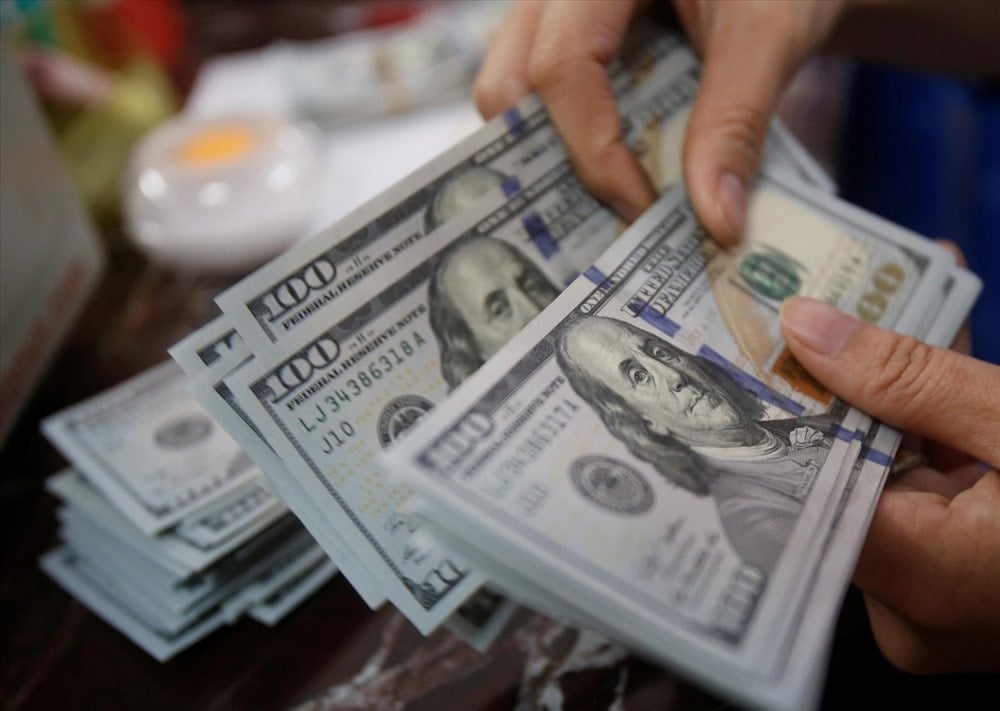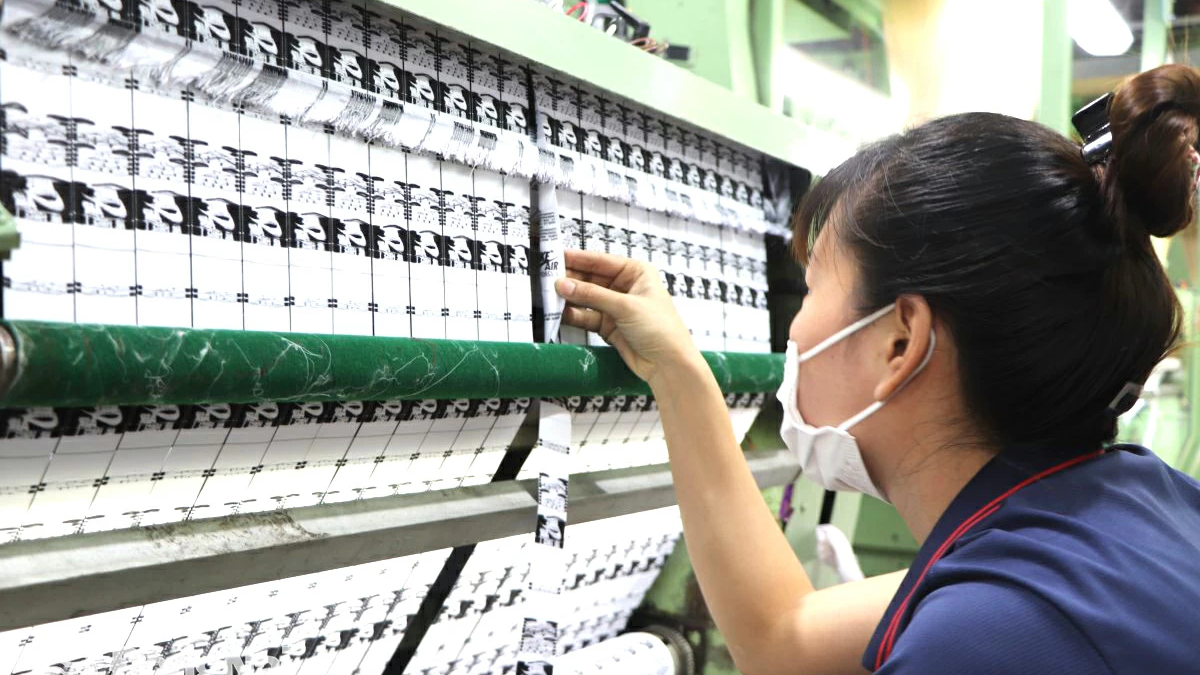World currency exchange rates
In the US market, the US Dollar Index (DXY) measuring the greenback's fluctuations against six major currencies (EUR, JPY, GBP, CAD, SEK, CHF) decreased by 0.41% to 98.82.
The dollar continued to weaken on June 5 due to concerns about the US fiscal situation, economic growth and trade policy. According to a Reuters survey of foreign exchange strategists, nearly 90% expect demand for dollar-denominated assets to decline in the coming months. At the same time, more than half of respondents doubted the safe-haven role of the dollar, while the euro is expected to rise, possibly reaching $1.18 within a year, despite the possibility of a rate cut by the European Central Bank.

A major factor in the dollar’s weakness is the recent package of tax cuts and spending increases, which is estimated to add $3.3 trillion to the already $36.2 trillion national debt. This has pushed up long-term bond yields and widened maturity spreads, causing the dollar to fall nearly 10% against a basket of major currencies since mid-January.
Weak economic data also contributed to the dollar's decline. U.S. private-sector payrolls rose by just 37,000 in May, far below the 110,000 forecast, and the services sector contracted for the first time in nearly a year. President Donald Trump has called on the Federal Reserve to cut interest rates, but analysts say the current data is insufficient to prompt immediate policy changes.
The EUR/USD pair rose to $1.1414, marking a 0.4% gain on the day. The euro's rise was fueled by a weaker dollar and expectations of the euro's growing role in international foreign exchange reserves.
Meanwhile, the USD/JPY pair fell 0.7% to 142.89 yen, marking a significant decline. The Japanese yen, often considered a safe-haven asset, has gained against the dollar amid economic uncertainty and concerns about global growth. The weakness in the dollar has boosted demand for the yen as a safe-haven asset. Investors are awaiting the US non -farm payrolls data due later in the day for further assessment of the health of the labor market. If the data continues to be weak, pressure on the Fed to cut interest rates could increase, which could lead to further weakness in the dollar against the yen.
Domestic foreign exchange rates
In the domestic market, at the beginning of the trading session on June 5, the State Bank announced the central exchange rate of the Vietnamese Dong to the USD at 25,004 VND.
The reference exchange rate at the State Bank's buying and selling exchange center has increased sharply, currently at: 23,804 VND - 26,204 VND.
USD exchange rates at commercial banks are as follows:
At Vietcombank, the USD exchange rate is 25,862 - 26,254 VND/USD, up 24 VND in both directions, compared to yesterday's trading session.
VIB Bank is buying USD cash at the lowest price: 1 USD = 25,340 VND; buying USD transfer at the lowest price: 1 USD = 25,400 VND
HSBC Bank is buying USD cash at the highest price: 1 USD = 25,928 VND; buying USD transfer at the highest price: 1 USD = 25,928 VND
VIB Bank is selling USD cash at the lowest price: 1 USD = 25,760 VND; selling USD transfer at the lowest price: 1 USD = 25,760 VND
Eximbank, LPBank, OceanBank, PublicBank, Sacombank, Saigonbank, SeABank, Techcombank, VietCapitalBank, Vietcombank are selling USD cash at the highest price: 1 USD = 26,254 VND
ABBank, LPBank, OceanBank, PublicBank, Sacombank, SeABank are selling USD transfers at the highest price: 1 USD = 26,254 VND
In the "black market", the black market USD exchange rate as of 4:30 a.m. on June 5, 2025 decreased by 3 VND in both buying and selling compared to yesterday's trading session, trading around 26,232 - 26,332 VND/USD.
Source: https://baodaknong.vn/ty-gia-ngoai-te-hom-nay-5-6-dong-usd-suy-yeu-254654.html







































































































Comment (0)